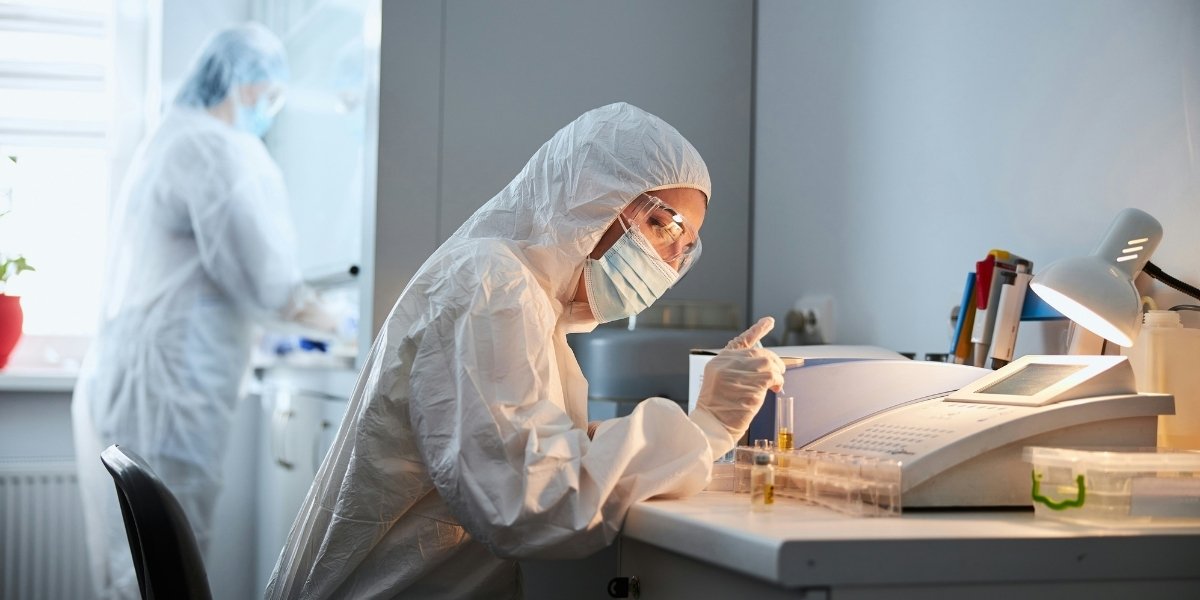Breast cancer remains one of the most common cancers affecting women globally, and the efforts to raise awareness and promote prevention are more vital than ever. From early detection methods to advancements in treatment, ongoing research and advocacy play a crucial role in reducing breast cancer’s impact. The focus isn’t just on finding a cure but also on improving the quality of life for survivors and ensuring everyone understands the importance of regular screenings. But what steps are being taken to promote awareness, and how can early detection make a difference?
Why Is Early Detection So Important?
One of the most significant factors in fighting breast cancer is early detection. When breast cancer is found early, the chances of successful treatment are much higher. That’s why doctors and advocacy groups encourage regular mammograms and breast self-examinations. These tools are critical for catching cancer before it spreads, giving patients more options for treatment and a better overall prognosis.
Mammograms, which are X-rays of the breast, are the most widely recommended screening tool for early detection. According to major health organizations like the American Cancer Society, women aged 40 and older should have yearly or biennial mammograms, depending on their individual risk factors. Regular screening helps detect abnormalities at a stage when cancer may not yet be causing symptoms, making it easier to treat.
Beyond mammograms, self-examinations also play an important role in early detection. While not all breast lumps are cancerous, it’s important to be familiar with how your breasts normally feel so you can notice changes early on. Doctors often suggest performing self-exams once a month to check for lumps, thickening, or changes in shape. If anything feels different, a doctor should be consulted for further evaluation.
In addition to mammograms and self-exams, researchers are working on even more advanced screening methods. For example, genetic testing is now available for individuals with a family history of breast cancer, which can help identify whether they have an increased risk of developing the disease. For those with high genetic risk factors, more frequent screenings and preventive treatments may be recommended.
What Advances Are Being Made in Treatment?
Breast cancer treatment has come a long way over the past few decades, with more personalized approaches becoming available. While traditional treatments like surgery, chemotherapy, and radiation remain common, there have been several advancements that make these treatments more effective and less invasive.
One such advancement is targeted therapy, which aims to attack cancer cells directly while minimizing damage to healthy cells. Unlike traditional chemotherapy, which affects the whole body, targeted therapy focuses on the specific genes or proteins that contribute to cancer growth. This makes the treatment less toxic and can reduce side effects, improving the quality of life for patients undergoing therapy.
Immunotherapy is another area of promising research. This treatment helps the body’s own immune system recognize and fight cancer cells. Immunotherapy is still relatively new in the treatment of breast cancer, but it’s showing potential, especially for patients with specific types of breast cancer, such as triple-negative breast cancer. This aggressive form of breast cancer doesn’t respond to hormonal therapies, making immunotherapy a hopeful alternative for those who are not responding to other treatments.
Advances in radiation therapy have also helped make breast cancer treatment more precise. New techniques allow doctors to target the affected areas more accurately, reducing the exposure of radiation to surrounding healthy tissues. This is especially important for women who undergo a lumpectomy, where only the tumor and a small margin of surrounding tissue are removed. Precision in radiation helps to ensure that the remaining cancer cells are treated without unnecessary damage to the rest of the breast.
Another area of progress is in hormonal therapy, which is used to treat hormone receptor-positive breast cancers. These therapies, such as tamoxifen or aromatase inhibitors, work by blocking or lowering the body’s hormone levels to prevent cancer cells from growing. They have proven to be highly effective for many women and are often used in combination with other treatments.
How Are Survivors Supported in Their Journey?
Surviving breast cancer is a significant achievement, but it’s often just the beginning of a long road toward emotional and physical recovery. The importance of survivor support has gained recognition as advocacy groups and medical communities acknowledge the challenges that come with life after treatment. Survivors face a unique set of emotional, physical, and mental health issues, from coping with the side effects of treatment to managing the fear of cancer returning.
Support groups, both in-person and online, play a vital role in helping survivors navigate this journey. These groups provide a space where survivors can share their experiences, offer advice, and find comfort in knowing they are not alone. Whether it’s through organized meetings, social media platforms, or individual counseling, support networks are an essential part of the healing process.
Additionally, breast reconstruction surgery has become more advanced, offering women the option to restore the appearance of their breasts after a mastectomy. This procedure can be an important step in emotional recovery, giving women a sense of wholeness and helping them regain confidence. While not all women opt for reconstruction, those who do have more choices than ever before, with procedures that are both safer and more natural-looking.
Physical rehabilitation is another key component of survivorship. After surgery or radiation, many survivors experience physical limitations, such as lymphedema or restricted movement in the arms and shoulders. Specialized physical therapy can help survivors regain strength and flexibility, allowing them to return to their regular activities and improve their overall quality of life.
As for long-term care, many survivors need ongoing monitoring and follow-up appointments to check for any signs of recurrence. Medical professionals work with survivors to create a personalized care plan that includes regular screenings and a focus on maintaining overall health and wellness. Survivors are encouraged to live healthy lifestyles, including a balanced diet, regular exercise, and stress management, all of which can help reduce the risk of cancer returning.
The fight against breast cancer continues with a focus on early detection, advancements in treatment, and support for survivors. Ongoing research and advocacy have not only improved survival rates but also enhanced the quality of life for those affected by the disease. By raising awareness, promoting prevention, and supporting survivors, the breast cancer community is making strides toward a future where fewer people will face the challenges of this illness.





